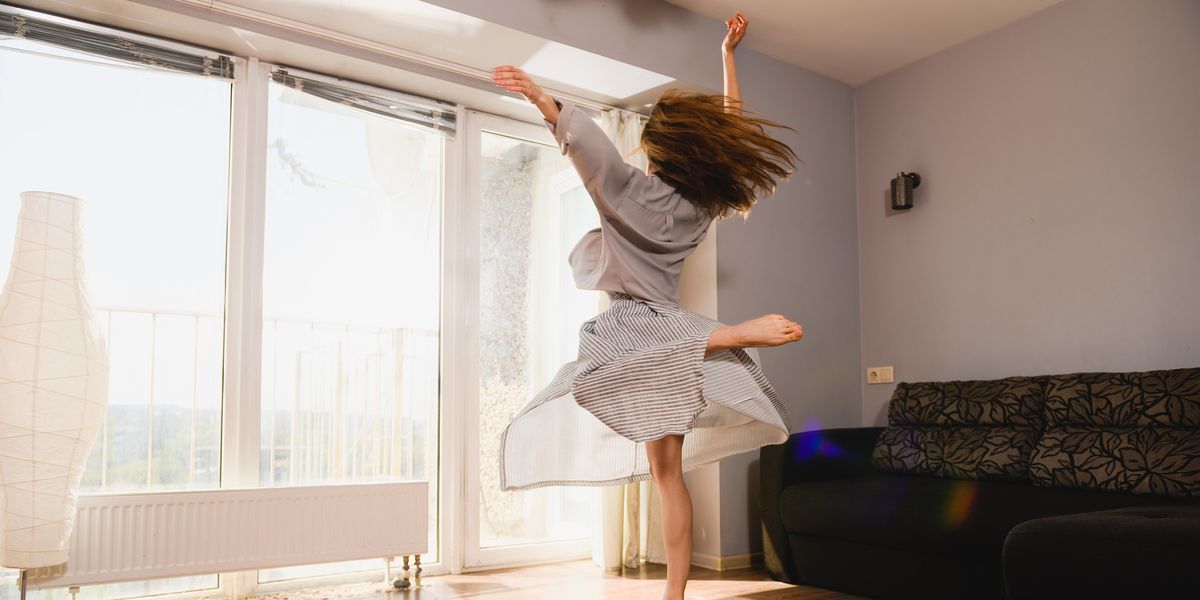How to Safely Resume Dancing After Recovering from COVID-19
As doctors and scientists race to learn more about COVID-19, new information is constantly emerging. This can be confusing, especially because the illness affects people in such different ways. Particularly concerning for dancers are early indications that COVID-19 may lead to lingering cardiovascular issues, which could be exacerbated by exercise. So how can dancers who have recovered from COVID-19 safely return to training?
How Long to Rest
Many people who are infected with COVID-19 never develop symptoms. If you have an asymptomatic case, you can probably continue with gentle exercise. “I would recommend at least 10 to 14 days of light activity to ensure that symptoms do not develop,” says Eugene Chung, MD, director of the Sports Cardiology Clinic at the Michigan Medicine Frankel Cardiovascular Center. “After that, what to do next is up for debate. If there truly were no symptoms, it may be reasonable to go without evaluation. However, if there were symptoms that were more than mild, and I would say having had a fever is more than mild, then I would consult with a physician prior to returning to training.”
Dancers who were ill should be asymptomatic for two weeks before starting to exercise again, recommends Julia Iafrate, DO, director of dance medicine at Columbia University Irving Medical Center. “You have to think of COVID like an injury. Before you return to training, make sure you can do activities of daily living. Can you walk up the stairs? If you can’t tolerate that, you’re not ready to return to dance,” she says.
The Comeback
When you feel fully recovered, Iafrate recommends starting with light aerobic exercise at about 70 percent of your maximum heart rate. “Try doing that for 15 minutes. If you can do that for a couple of days without issues, try 30 minutes at 80 percent of your maximum. Then move on to 45 minutes. At that point you can start to include strength training. From there you can go up to a 60-minute threshold, and start to incorporate some dance-specific movements,” she says. Be sure to space bouts of exercise at least 24 hours apart. Once you are able to tolerate a full hour of aerobic activity, you are likely ready to go back to dance class.
What to Watch Out For
Many people who recover from even mild cases of COVID-19 appear to have a condition called myocarditis, an inflammation of the heart muscle. This occurs with varying degrees of severity, explains Matthew Tomey, MD, director of the cardiac intensive care unit at Mount Sinai Hospital. “What we don’t yet understand is what the future holds for these patients. Is this a transient part of the healing process, or could there be long-term consequences?” he asks.
Either way, it’s important to proceed with caution. “When the heart is inflamed and then stressed with intense exercise, one could have a setup for ‘irritability’ of the heart and subsequent arrhythmias, some of which can be dangerous,” says Chung. Similarly, people who recover from COVID-19 may have lung damage, which could be temporary or permanent. Dancers with any concerns, or lingering symptoms like shortness of breath or chest discomfort, should speak with a doctor, especially because recommendations may change as new information comes to light.
A small number of COVID-19 patients experience muscle pain as a symptom, says Iafrate. If you notice unusual pain, speak with a doctor. Keep your activity light, and don’t use medications to cover up the discomfort in order to dance.
Some reports also indicate that rhabdomyolysis—a breakdown of skeletal muscle tissue, known as “rhabdo” for short—is a possible manifestation of COVID-19. This appears to be rare, but Iafrate says that rhabdo is most often caused by strenuous exercise after a long period of inactivity. That means dancers could put themselves at risk if they are too aggressive when they return to training. Classic rhabdo symptoms to look out for are a combination of muscle pain, muscle weakness and dark urine.
Take It Slow
Remember that even if you weren’t seriously ill, you will be deconditioned from your time away from the studio, which puts you at higher risk for injury. “Dancers may also have old, chronic injuries that are feeling better right now because they haven’t been irritating them. But those things can sneak back up,” says Iafrate. Seek treatment for any pain you’re feeling beyond normal muscle soreness. Most importantly, listen to your body. “Don’t push yourself to the point of utter exhaustion,” says Tomey. “Gently test the edge of today’s capacity so that tomorrow’s is one step greater.”




